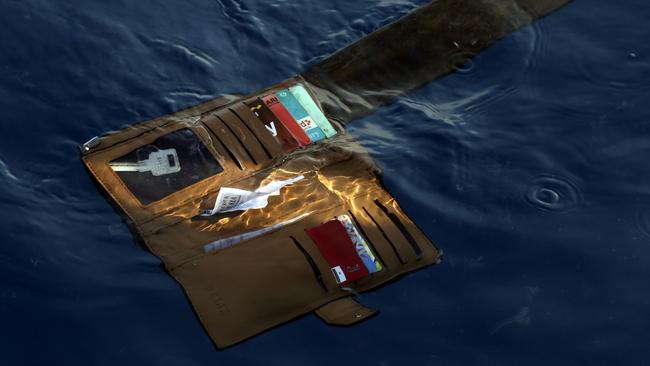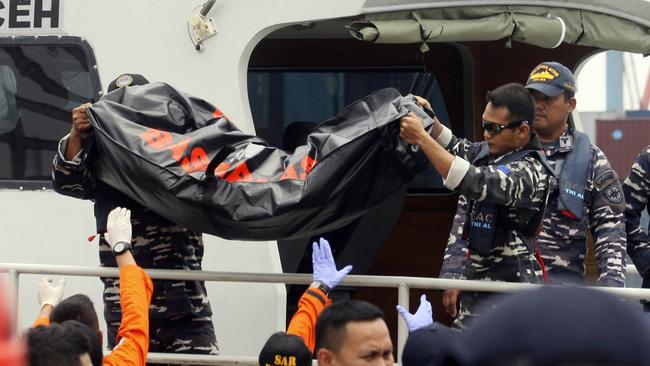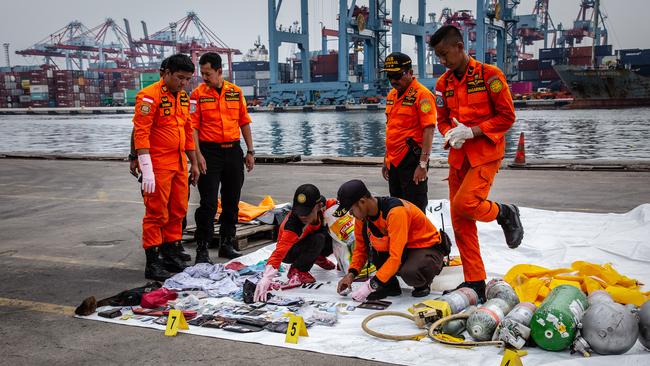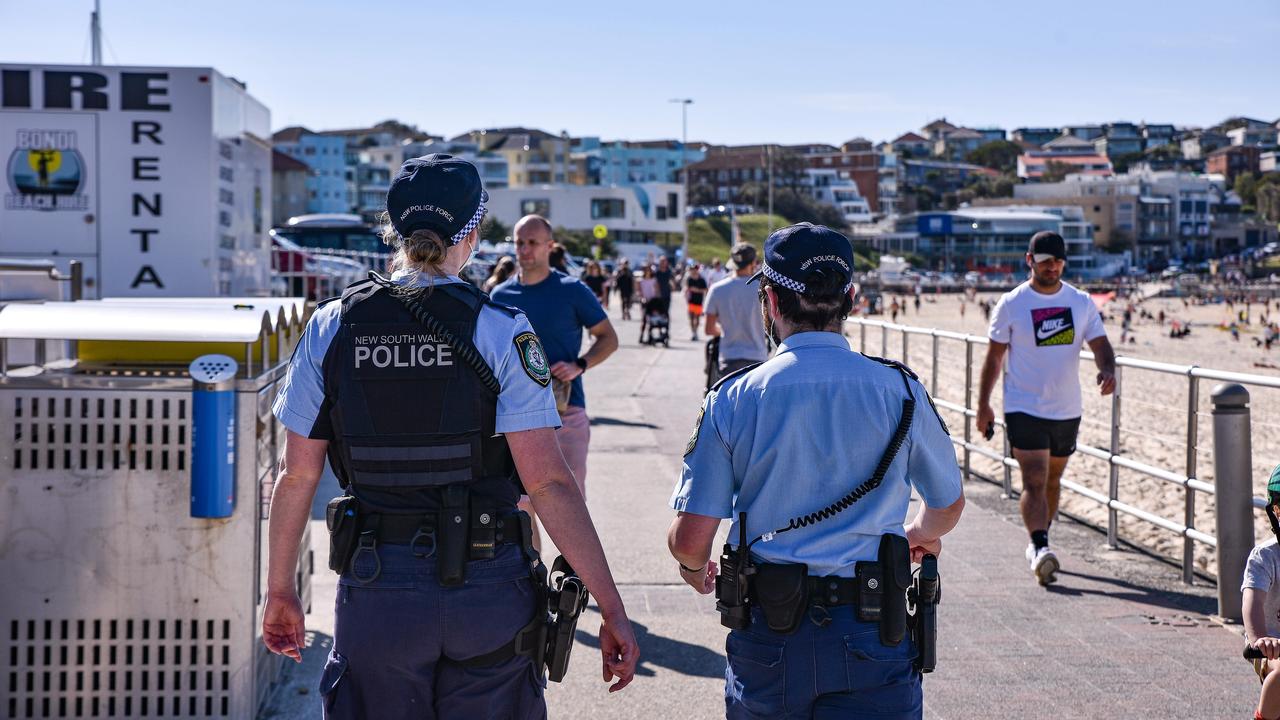Lion Air crash: experts claim fault, poor airmanship led to disaster
A recurring technical fault coupled with poor airmanship is being blamed for the Lion Air crash, which killed 189 people on board.

A recurring technical fault coupled with poor airmanship is being blamed for the Lion Air crash off Indonesia on Monday, which killed all 189 people on board.
Information transmitted from the Boeing 737 Max and recorded by flight radar websites shows erratic variations in the altitude and airspeed data, suggesting a problem with the pitot-static system, which uses pressure sensitive instruments to determine an aircraft’s airspeed, altitude and altitude trend.
A similar issue is thought to have been experienced on the previous day’s flight from Denpasar to Jakarta but according to Lion Air chief executive Edward Sirait, the problem had been resolved.
Indonesia last night ordered inspections of all Boeing 737-Max jets. Boeing is providing technical assistance to investigators at the request of Indonesian authorities but the aircraft manufacturer would not comment further.
Virgin Australia has 40 737 Max aircraft on order, the first of which is to be delivered in November next year. A Virgin Australia spokeswoman said the airline would be watching the Lion Air investigation closely.
More than 4500 orders for 737 Max aircraft are yet to be filled by Boeing, which has delivered 219 of the fuel-efficient model to carriers including Lion Air, Air Canada, Air China, United and Southwest Airlines.
As the search for bodies and the black box recorders continued in the Java Sea, aviation experts said the pilot’s request to return to Jakarta just three minutes after takeoff pointed to instrument failure and an aircraft difficult to control.

Local shrimp fisherman Samin said at first JT610 looked like any other passenger flight as it left Jakarta and headed towards where his boat was moored in the Java Sea.
But as it passed by him and took a sharp left turn as though headed back to the Indonesian capital, he could see the plane was tilted sharply to its right, its nose tipped downwards towards the water.
“It was wobbling as though the pilot was trying to level it out,” Samin told The Australian yesterday. “I thought, if he is really headed back to Jakarta airport he is flying too fast and too low.”
For a single moment the father of two turned back to his work. Then he heard what sounded like a bomb exploding. “I looked over and all I could see was a huge splash and smoke. It was so loud and violent I lost hearing for a few seconds and my boat was wobbling.”
Frozen in horror and fearing leaked fuel could spark an explosion, he sat watching the crash site, torn between the desire to help and the fear of worse to come.
“I didn’t know what to do so I just sat there. There were maybe 20 other fishing boats nearby and nobody would approach.”
Former transport safety investigator Geoffrey Dell said a problem with the pitot-static system could have been overcome on an aircraft as sophisticated as the Boeing 737 Max.
“There’s a standby horizon, altimeter and airspeed indicator which is supposed to be driven by an alternate static system which should be available for the crew to fly the aircraft home,” Professor Dell said.

“Of course flying the aircraft on just the standby instruments would be a lot more difficult than the usual digital flight management system instrument panel.
“It begs the question whether Lion Air crews practised flying on limited panel in the simulator.”
Former Boeing 777 airline captain Byron Bailey said if the problem was an unreliable airspeed indication, it should have been handled using the non normal checklist.
“This suggests to me the captain panicked because he could not handle the situation; that he had not been trained for this failure,” Mr Bailey said.
He said poorly trained and underqualified pilots were becoming all too common on low-budget airlines that had undergone rapid expansion.
“Normal regular line operations proceed OK because the aircraft are so safe and nearly all the flight is conducted on autopilot,” he said.
“It is only when something unusual occurs that these poorly trained individuals are shown up.”




